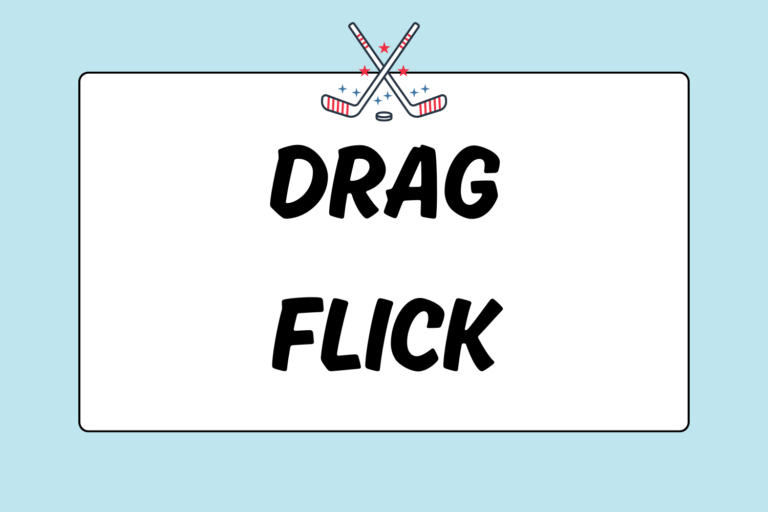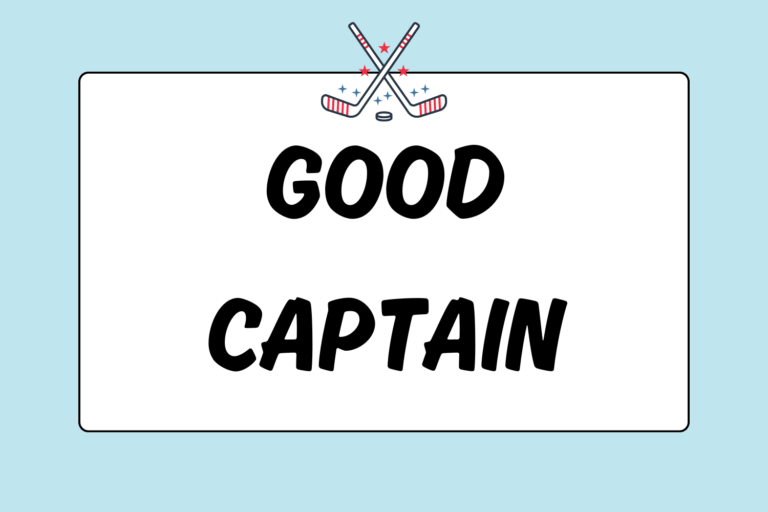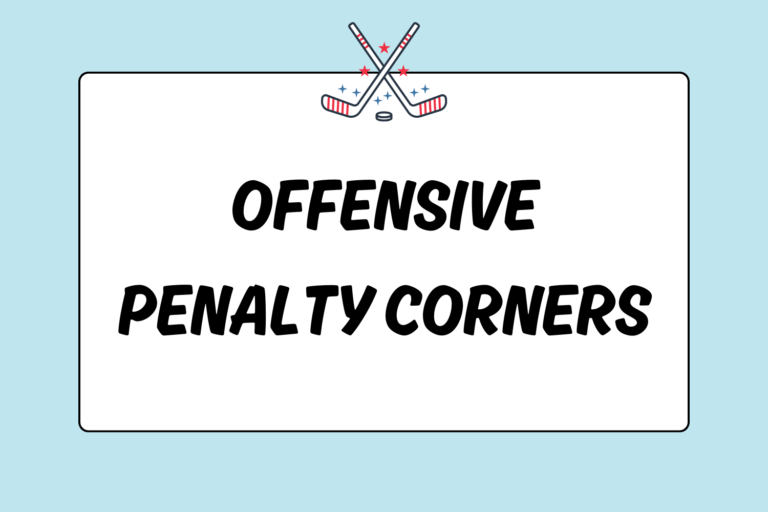One of the most beautiful sounds in field hockey comes when the ball hits the backboard of the goal. With a goal comes elation: Teammates will scream, fans will cheer, and coaches will take notice of who is producing. If you want this feeling to become a regular part of your games, you’ll have to learn the basics of shooting.
Learning to shoot takes a combination of persistence, determination, and skill. You cannot be taught the former two traits — they have to do with your desire to succeed and win. What you can learn are the skills you need to get the ball into the goal. This guide will teach you those skills.
The First Rule
Shoot inside the “shooting circle” — the solid line that surrounds the goal 16 yards out from each goal post. This circle is also known as the “D” when referred to from the defensive point-of-view. The ball has to hit a stick inside the circle before going into the goal for it to count. So, make sure you touch the ball inside the circle before taking a shot.
Angles
Always be aware of your position in relation to the goal before taking a shot. A shot from the top of the circle gives you the best angle on goal. Think of yourself and each goal post as a point. When you connect these points, you form angles. The goalie’s job is to reduce your angle in front of the goal. If you take a shot from the top of the circle, you have an equal amount of space on both sides of the goal to score. This forces the goalie to cover more area.
As you move right or left along the shooting circle, your angle on goal decreases the open space in the goal and allows the goalie to cover more of your shooting area.
Far Post
Always shoot to the goal post farthest from you — this post is known as the far post or back post. The goalie will cut off your angle to the front post and leave the back post open. If you miss the shot, your teammate should be waiting by the post for a possible rebound or deflection into the goal.
Deflections
Goals that come from a deflection can be some of the most spectacular or some of the most ordinary goals. A deflection is not a hit; it is angling your stick along the ground to redirect a ball that one of your teammates hits. The speed of the ball determines the force and accuracy of the deflection. These are extremely difficult for a goalie to defend, because she is usually in position to block the initial shot and unprepared for the ball’s sudden change of direction. Most often it is midfielders who take the initial shot, and forwards who wait at the far post to deflect the ball into goal.
Quick Shots
The shooting circle is crowded and chaotic most of the time. The defensive team brings almost all its players into the circle to defend the goal. Therefore, if you are taking a shot on goal, expect three or four defensive players to swarm you. To avoid this, take a shot when you cross the shooting circle mark. Don’t waste your time taking a long back swing and drive. Instead, use the upright or flat slap. This will give you a quick, powerful shot.
Rebound Shot
Always keep your stick down inside the circle. This means on or close to the ground ready to receive the ball and redirect it toward the goal. The goalie will usually stop the first shot on goal — a rebound is anything that hits the goalie and comes back into the circle. More goals are scored off of rebounds than off of first shots.
Shielding the Goalie
A major part of scoring is unnerving the other team. By having teammates shield (stand in front of) the goalie, they can block the goalie’s vision or maneuverability and give your team an advantage. To shield the goalie, stand in front and with your back to her. Angle your stick low for possible deflections into goal.
First Touch
Touch the ball on a direct shot before the goalie can to gain an advantage. If someone shoots on goal, make sure you touch the ball before the goalie. By doing this, you gain control and create more passing and shooting options. All of this leaves the goalie unable to clear the ball out of the circle. Plus, the goalie will be in position for the first shot. Therefore, if the ball changes directions, the goalie has to take time to setup again.
Limit Passing Inside the Circle
Passing is crucial. It offers a consistent, effective way to maintain possession of the ball. However, your team will never score a goal if all it does is pass. Limit your passing and dribbling inside the circle. As soon as you cross the shooting circle line, take a shot.
Look Up
Sounds simple, right? Well this is not for most players. The biggest mistake beginners make is looking down at the ball instead of looking where they want to shoot. When given an opportunity to shoot, be sure to look up, find your teammates, assess the positioning of the goalie, and shoot for the back post.
Oh, Shoot
Nerves can sometimes be a huge factor in preventing goals. Beginners tend to panic in front of the goal. To outsmart your nerves, don’t focus on the outcome. Instead, work on getting the ball toward the goal — the rest will work itself out.
Now that you are aware of the strategies of scoring, you can get out there and start practicing. Always be aware of where you are on the field in relation to the goal. This will help you make a better decision of where to shoot. Make smart choices in front of the opposing goal and you will be on your way to a winning season!





